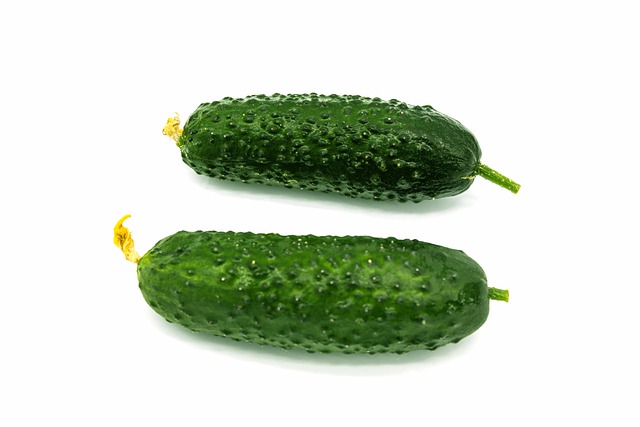Muscle Building Breakfast Ideas To Start Each Day

A healthy body is absolutely essential if you want to perform good workouts that will transform your physique. Without a healthy body you will not be able to put in efforts you are capable of. One of the components that determine the health of your body is the food you take. Nowadays, people have become too busy in their life. They have developed food habits, which are very much detrimental to their health.
Muscle Building Breakfast Ideas To Start Each Day
If you supply the body with the right kind of nutrition at the right time you can have a healthy life and perform best in life. Do you know which is the most important meal of the day for your body? It is breakfast. All of us when we wake up in the morning, make it a point to groom ourselves perfectly. We get nicely dressed, comb our hair, brush and then rush out to office. What about breakfast? It is a critical nutrition for the body since it charges and fuels your body for the rest of the day. You surely don’t want to appear dull and lethargic when you begin your day.
A high protein breakfast is a must for everyone who is looking to add muscle mass. Many Americans neglect this most important meal of the day. By breakfast, I mean is a healthy one. Not the coffee you have from the drive thru. You need to feed your body with a kind of nutrition that will activate your body and rejuvenate it. Without energy you cant perform at your job and will be useless to your company. So it is high time that you have healthy breakfast. Lets look at some of the recipes for a healthy breakfast.
A healthy breakfast for most of the American consists of few pancakes, a side of bacon or sausage with coffee. This is not a healthy breakfast at all. It is common but not right. I will tell you the reasons. Take for instance the pancakes. These are full of fat and the meat is harmful to your heart. If you have syrup it is more harmful since it is nothing but sugar in liquid form. Hence, this is not the healthy breakfast one should eat.
Vitamins and minerals are what the body requires regularly. Also you want to be energetic, but want to derive it from something, which has no, or minimum fat and sugar. Processed food like Pop Tarts, breakfast sausages, bacon, pastries, and donuts should be avoided at all costs.
If you’re a bacon lover like me, you can opt for Turkey Bacon instead of regular bacon as a healthier alternative, since turkey is a much leaner source of protein. That said, the nutritional value can vary depending on the brand. Next time you feel like changing up your breakfast routine, try cooking egg whites and turkey bacon and add the ingredients to two slices of whole grain toast.

Some other options for a healthy muscle building breakfast are an omelet with egg whites and cheese, fresh vegetables, 100 percent wheat toast, and orange juice, which is packed with vitamin C. You can also learn how to make a Spanish omelet for breakfast, which uses similar ingredients. These items nourish the body with all the required nutrients and are a great source of energy too. Having these items at the start of day will make you active and energetic. One of the quickest breakfasts you can prepare is a bowl of oatmeal, protein shake, and a handful of raisins to get the day started.
You can find a number of healthy breakfast recipes that are good for a muscle building diet via the Internet. You can really adopt some of the quick to make breakfast recipes and nourish your body, with all the required elements and thus lead a great day at work as well as at home.
If you do not believe me, just try out some of the recipes in your breakfast. You will soon notice the difference when you start having healthy breakfast. Begin with breakfast and gradually start having healthy food for all your meals.



